
How I became a “bug girl”, and my advice for aspiring naturalists
Written by Sarah Whipple
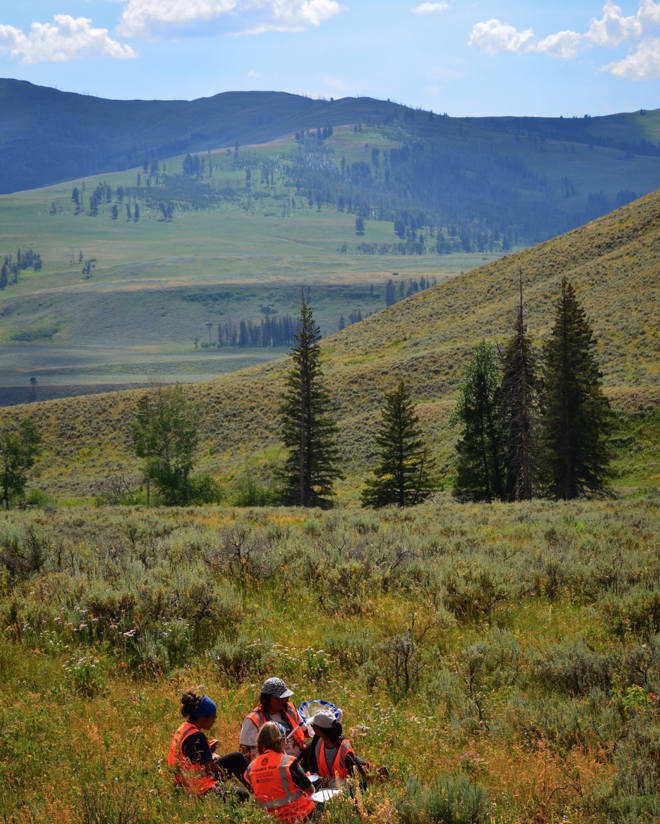 When I started my undergraduate at Colorado State University four years ago, I never imagined that my studies would include interactions with the public at National Park Service sponsored science events, climbing some of the tallest mountains in the Americas, or meeting some of my closest friends and ecology colleagues. All these eye-opening experiences have something else in common that I never expected: they involved catching arthropods, or more specifically, pollinator species such as bees, butterflies, beetles, moths, and other insect functional groups.
When I started my undergraduate at Colorado State University four years ago, I never imagined that my studies would include interactions with the public at National Park Service sponsored science events, climbing some of the tallest mountains in the Americas, or meeting some of my closest friends and ecology colleagues. All these eye-opening experiences have something else in common that I never expected: they involved catching arthropods, or more specifically, pollinator species such as bees, butterflies, beetles, moths, and other insect functional groups.
Don’t get me wrong: insects are amazing. As a class, Insecta certainly brings diversity to the term biodiversity; most experts agree that there are more undescribed insect species on earth than there are species documented by scientists. Until recently, the vast world of entomology was so foreign to me when I started conducting scientific research that I didn’t even recognize its potentials for innovative questions, research importance, broader impacts, and ecological discovery.
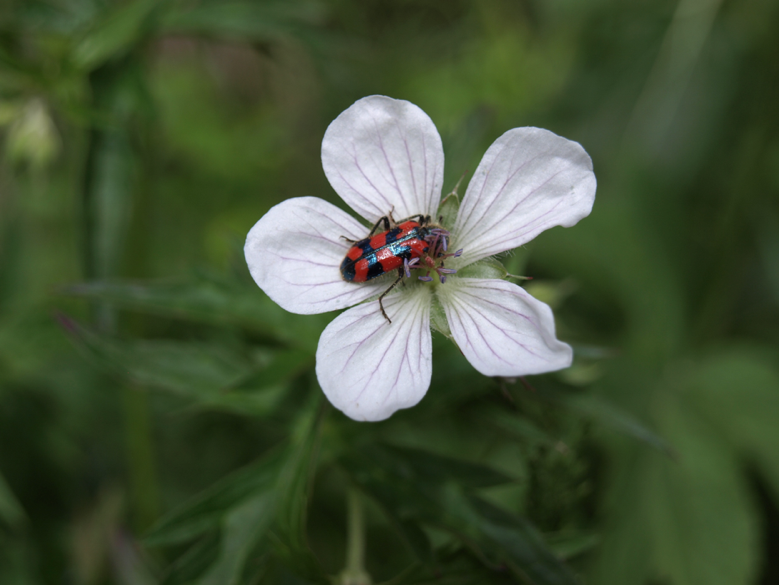
Flash forward three years: now I lead teams of undergraduate students in summer-long field research internships in Yellowstone and Grand Teton National Park looking at arthropod diversity. Called the “Pollinator Hotshots,” the team is funded through a National Science Foundation Undergraduate Biological Education grant focused on increasing the knowledge of biodiversity present within the United States national parks. Since insect diversity is so vast, many places don’t have full records of all the insects present within their ecosystems, including the national parks. In a world where biodiversity loss is happening at an accelerating rate, and the need for protecting native pollinator species is critical in regard to food security and ecosystem services, the relevance of studying pollinator species diversity is incredibly important.
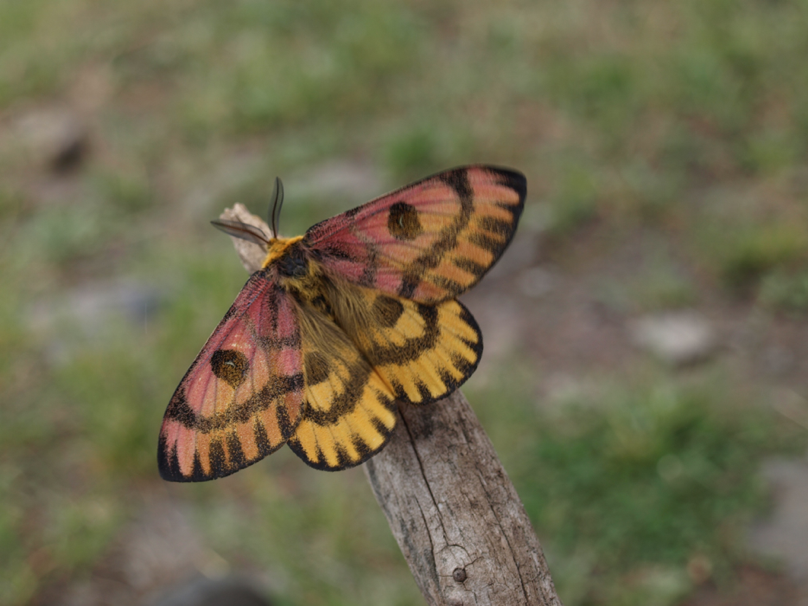
Since the diversity of pollinator species is relatively unknown, this project focuses on collecting species data through the use of citizen science and technology applications. With the rise of technology, and more specifically, widespread phone application programs, citizen science as a platform has recently exploded within the scientific community. This project uses iNaturalist, a citizen science application focused on collecting species diversity information worldwide, because of its connections to previous national park projects such as the BioBlitzes. Not only does this allow for non-invasive field collections, but it also gives the public (and students) opportunities to engage in scientific discovery within various landscapes. Students who volunteer to participate in scientific endeavors have shown to come out of such experiences feeling more competent and confident in their scientific learning capabilities in addition to having a higher sense of public activism and community support compared to those who do not participate in such experiences. As a student, having the opportunity to promote scientific discovery and learn from such experiences is empowering and opens the door for personal and educational stimulation in new and unexpected ways, and this leads to greater perceptions of the challenges of research, scientific literacy, and data accuracy.
Previous research within the national parks focused on the differences of data quality and quantity between professional scientists, citizen scientists, and crowdsourced information for species phenology and diversity, specifically amongst wildflower species. This project is building upon this foundation and focuses on insect pollinators, such as bees, butterflies, bees, flies, and beetles. Since pollinators are declining worldwide, it is imperative to study these species and doing so will require large quantities of observations to in order to track species trends in an effective manner. Citizen science projects that use non-invasive equipment, such as smartphones and high-resolution digital cameras, can be most effective for crowdsourcing invertebrate pollinators with complex taxonomy and does not involve taking species out of the ecosystem for analysis. In the long-term, the connection between entomology, taxonomy, and technology may elucidate future land management changes needed to address the impacts of climate change on pollinator decline.
As opportunities for pollinator studies within citizen science applications increase, many smaller, lesser-known pollinator species will be included in biodiversity records. Currently, very little reputable data on small-scale, citizen science pollinator species diversity exists because of the lack of prior knowledge or misclassification of species that citizens discover. Furthermore, the North American native bees, the majority of which are solitary, ground-nesting species, are also not properly detected by citizen scientists. Since the quality and quantity of pollinator citizen science-generated data is still limited, more projects need to work towards increasing the information present within these crowdsourced databases, and this will lead to more accurate species records overall. Furthering the collections efforts of these groups of species will need to occur through the use of innovative citizen science and technological field methods so that a full scope of species diversity is recorded.
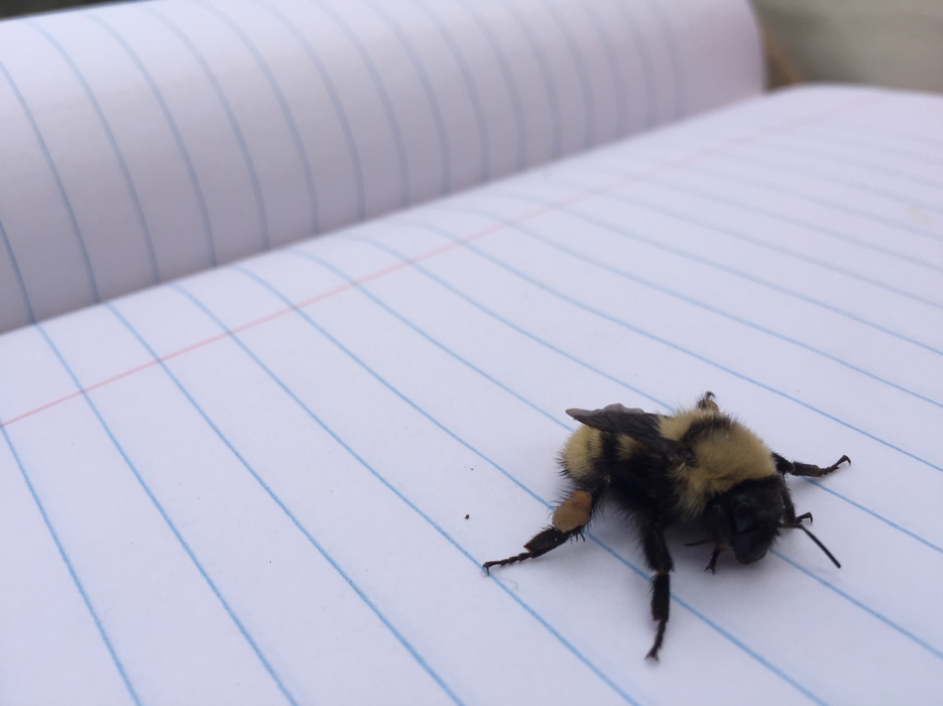
Opportunities for Discovery
Over the past two years of data collection, The Pollinator Hotshots have captured over 2000 insects representing over 500 pollinator species and showcasing diversity amongst 11 sites within the Greater Yellowstone Ecosystem (GYE). One of the more unique observations made over the course of our 2017 field sampling was an unknown Snaketail (Ophiogomphussp.) dragonfly. Even though this project focused on pollinators, students began sweep netting most flying insects with hopes that it would fall into the pollinator category and as a result, dragonflies were also caught and uploaded into the project. Interestingly enough, dragonflies are considered insectivores, meaning that they can prey upon pollinator species, which could be affecting pollinator diversity, but this relationship is underdeveloped in the entomology world. Unbeknownst to anyone on our team, we uploaded the dragonfly photos to our iNaturalist project and had dragonfly curators (which are considered experts in the field) comment on the unusual species. Curators think that our team may have caught a new species that either coevolved from two previously identified specimens, or that has never been collected within the region before!
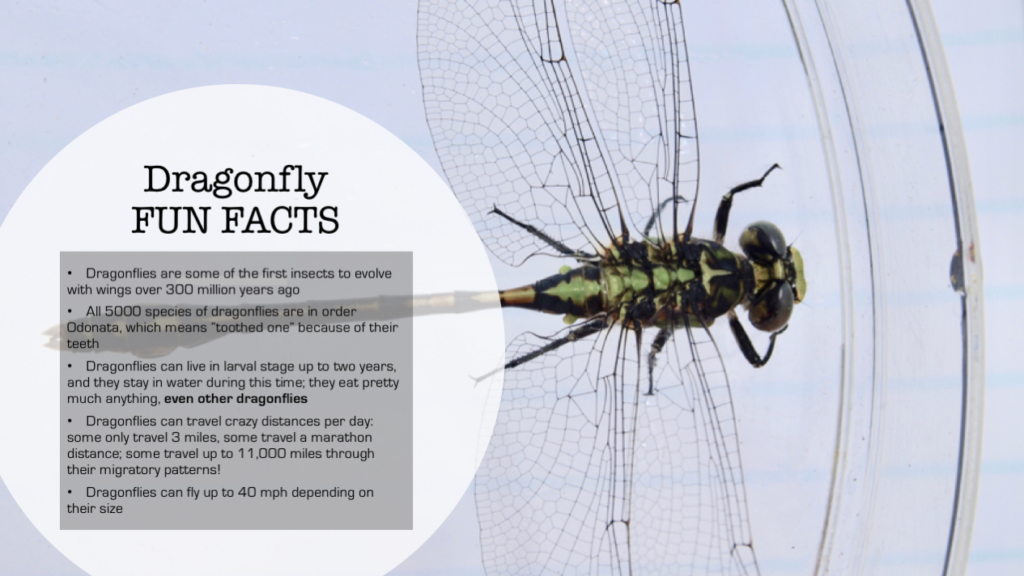
This discovery wouldn’t have occurred without our project’s help, but a specimen collection will be necessary in order to further verify it as a new species. Next field season we are going back to Yellowstone with the hope of finding and collecting the dragonfly . If we can recapture the dragonfly, this specimen will be housed on Colorado State University’s campus in the C.P. Gillette Museum of Arthropod Diversity and will be used as an educational opportunity for citizens wanting to understand the importance of citizen science efforts (I hope that we can name the dragonfly Ophiogomphus hotshotii, with inspiration coming from the project’s name). This is yet another example of a wonderful and unexpected opportunity that has come out of my research experiences through CSU.
E.O. Wilson once said that: “Every kid has a bug period…I never grew out of mine.” While I may have been a late bloomer when it came to my love for bugs, I know that my passion for all things flying, buzzing, and pollinating won’t go away anytime soon, and I hope that our project’s story on the impacts of citizen science and technology will inspire you to become a bug person, or naturalist, yourself. The unknowns that this world presents us are too curious not to explore, and in this day in age, all you need is some motivation and a camera to get started.
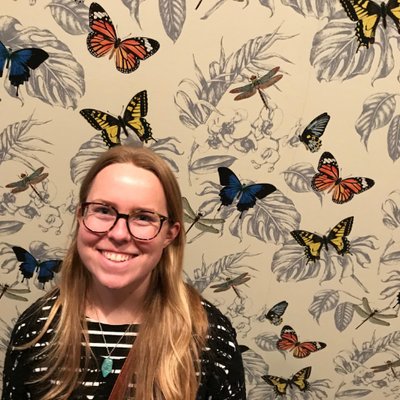 Sarah Whipple is a masters candidate in the Graduate Degree Program in Ecology at Colorado State University. Her passions and research interests include insect alpine biogeography, science communication, and protected area management. Her work has been previously highlighted on The Source. To learn more about the Pollinator Hotshots, Snaketail dragonflies, or citizen science work within the national parks, email Sarah at Sarah.Whipple@rams.colostate.edu, or follow her on twitter at @sarahwhipple15.
Sarah Whipple is a masters candidate in the Graduate Degree Program in Ecology at Colorado State University. Her passions and research interests include insect alpine biogeography, science communication, and protected area management. Her work has been previously highlighted on The Source. To learn more about the Pollinator Hotshots, Snaketail dragonflies, or citizen science work within the national parks, email Sarah at Sarah.Whipple@rams.colostate.edu, or follow her on twitter at @sarahwhipple15.